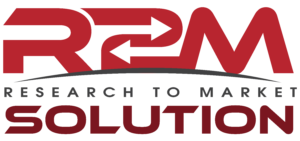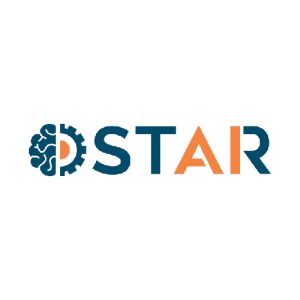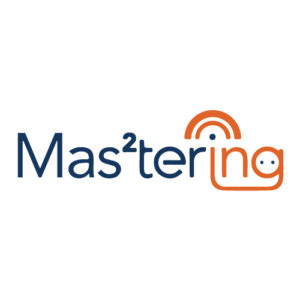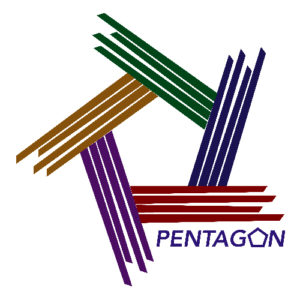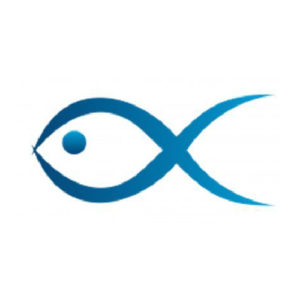
Waternomics
Project subheading
The Waternomics project aims to reduce water consumption of municipalities, corporations and domestic users by providing water managers and consumers with timely information about water usage and water availability. The project makes information about the water services system available to stakeholders in real-time in order to stimulate water saving.
Motivation & Impact
Role of R2M
Motivation & Impact
The goal of Waternomics is to explore how ICT can help households, businesses and municipalities with reducing their consumption and losses of water in the framework of a water management program. A key component of the Waternomics project aims at collecting water consumption and contextual information from different sources to be used for effective data analytics to drive decision making that optimizes water consumption: e.g., planning, adjustments and predictions and to raise user awareness of water consumption. The project developed a methodology targeted to fill the gap in the water sector where not many standards are available for implementing a Water Management Plan and it provides a basis for water management improvement and effectively shows how different standards, also taken from energy sector, can drive organizations and households to use water more efficiently being compliant with the most recent standards (IPMVP – ISO 14046 – ISO 50001-2). Also a rule based Fault Detection and Diagnosis (FDD) and a model based FDD were developed within the project for the four demo site. Also a District Meter Area approach was implemented for the Italian demo site (Linate airport – Milan) in order to monitor the level of leakage. Furthermore, touch screen displays have been installed in the Linate Airport in order to engage the passengers, calculate their water footprint and give tips to reduce their water consumption. R2M as consultancy agency is investigating the post-project exploitation of the Waternomics Platform and Methodology on a SWaaS basis, targeting at industries and public buildings in southern Europe.
Role of R2M
R2M developed a novel standard-based methodology to drive organizations with a systematic way to select technologies, measurement points, data collection methods, and data management techniques to implement an ICT-based water management systems. R2M has managed the project development in the Italian demo site, Linate Airport (Milan), in order to establish a Smart Water management System. Great effort has been spent to develop a novel model based fault detection and diagnosis system for the airport water network by implementing the hydraulic model of the network, selecting the appropriate technologies to put in place and to establish the physical framework to match the Waternomics objectives. Also R2M contributed to develop a web-based Platform to increase staff and passengers water consumption awareness. The project end is scheduled in January 2017, from this experience R2M will benefit by utilising the novel ICT and tools developed in WATERNOMICS to develop significant relationships in the water sector.
